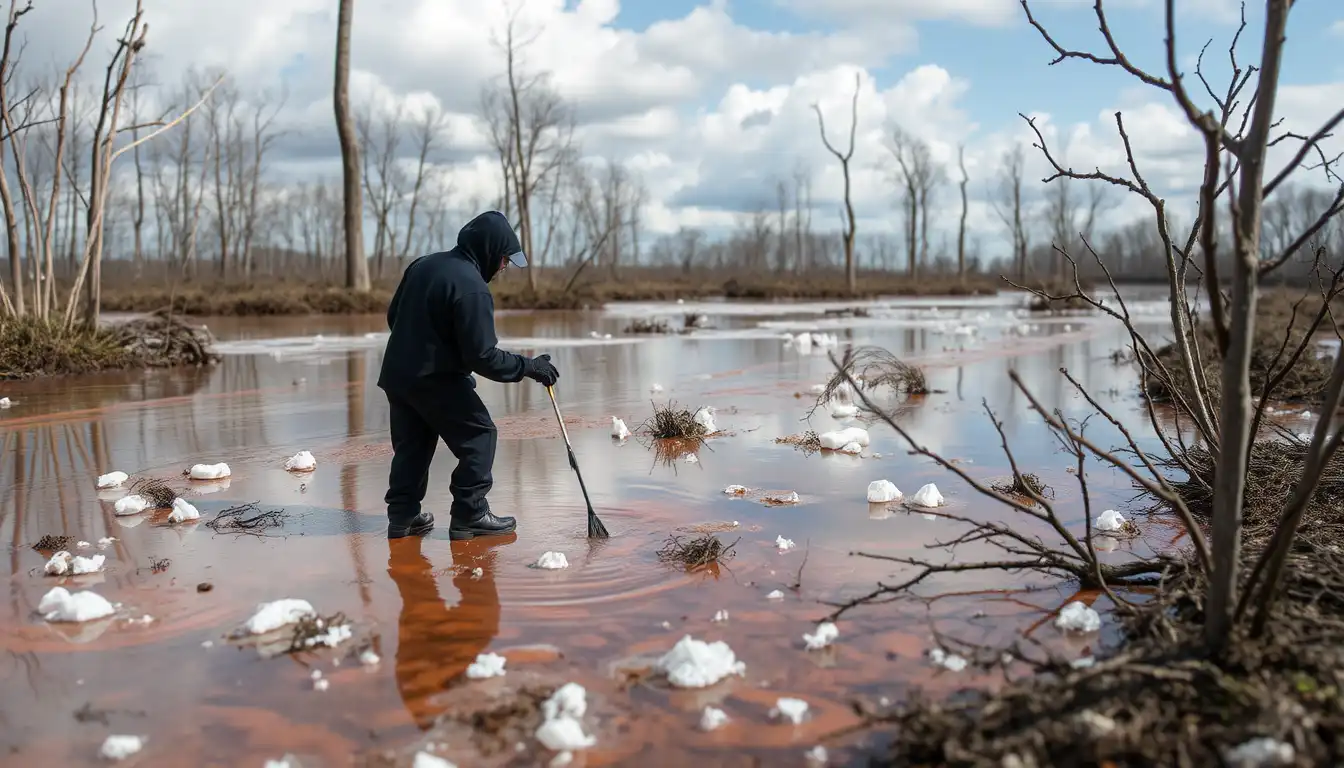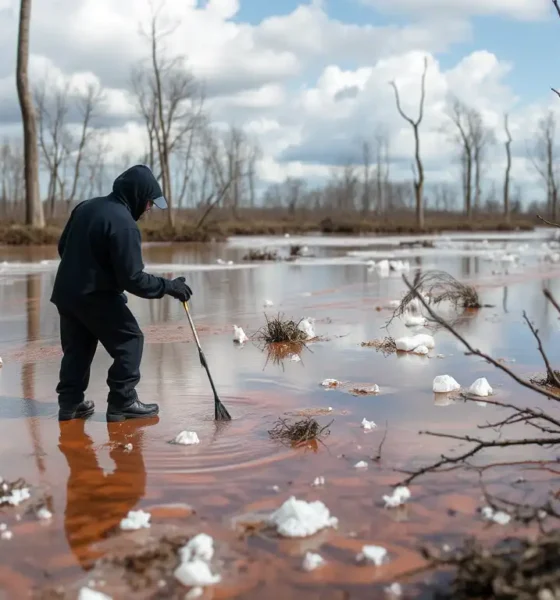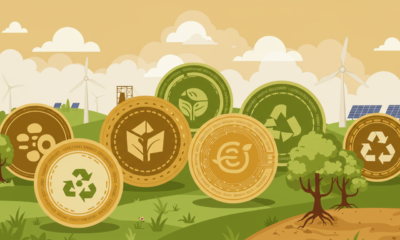

Environment
Cutting Contamination Off At The Tap: Fighting PFAS At The Source
PFAS, or per- and polyfluoroalkyl substances, are so persistent in the environment that they are often called “forever chemicals.” Found in everything from nonstick cookware to firefighting foam, these synthetic compounds accumulate in water, soil, animals, and people. Their presence has triggered widespread concern, and the solution cannot rely solely on cleaning up the aftermath. The most effective path forward starts with prevention.
Tracing Contamination to Its Origins
Rather than chasing PFAS after they’ve leached into drinking water or settled into ecosystems, scientists and regulators are turning their attention to how these chemicals enter the environment in the first place. Industrial discharge is one of the primary sources. Factories that manufacture or use PFAS in coatings, textiles, or packaging release them into wastewater streams, which can then contaminate rivers, groundwater, and crops. Targeting these discharge points is critical. Treatment systems at industrial sites must be upgraded to capture or destroy PFAS before they ever reach public waterways.
Beyond manufacturing, landfills play a less obvious but equally significant role. As products containing PFAS degrade, they release the chemicals into leachate that can slip past outdated liners or overwhelm treatment facilities. Without controls, this waste becomes a secondary source of contamination. Input restrictions on PFAS-laden materials and more stringent requirements on landfill infrastructure offer one strategy, while alternatives to incineration are being explored to prevent airborne emissions.
Better Regulation, Smarter Substitution
While efforts to restrict PFAS use in consumer goods are gaining ground, enforcement still varies widely. Broad bans often face resistance from industries citing performance needs, particularly in aerospace and medical fields. However, the push for safer substitutes has driven innovation. Some manufacturers have begun shifting to shorter-chain PFAS, which were once believed to be less harmful. Newer research, though, shows even these alternatives may not be safe. That has spurred a stronger push for entirely fluorine-free solutions.
Meanwhile, monitoring systems are evolving. New technologies detect trace amounts of PFAS earlier and more accurately, helping officials map hot spots and act faster. Yet tools alone are not enough. Coordinated data-sharing between states, industries, and environmental agencies is essential for meaningful oversight.
Ground-Level Expertise and Local Action
Municipalities and private facilities are increasingly turning to specialists for solutions that fit their infrastructure and risk levels. A waste management expert can help pinpoint the most impactful interventions, whether that means reengineering disposal systems, sourcing safer materials, or lobbying for tighter standards at the state level. Their role is especially important in regions already dealing with legacy contamination where reactive measures are expensive and incomplete.
A future without widespread PFAS exposure is possible, but it depends on stopping the flow of pollution before it begins. Every measure that reduces release at the source is one less cleanup, one fewer exposed community, and one step closer to reclaiming environmental health. For more information, feel free to look over the accompanying infographic.


 Environment9 months ago
Environment9 months agoAre Polymer Banknotes: an Eco-Friendly Trend or a Groundswell?

 Environment11 months ago
Environment11 months agoEco-Friendly Home Improvements: Top 7 Upgrades for 2025

 Features8 months ago
Features8 months agoEco-Friendly Cryptocurrencies: Sustainable Investment Choices

 Features10 months ago
Features10 months agoEco-Friendly Crypto Traders Must Find the Right Exchange

















